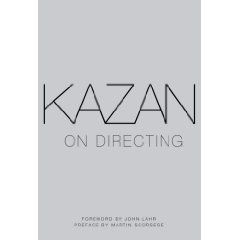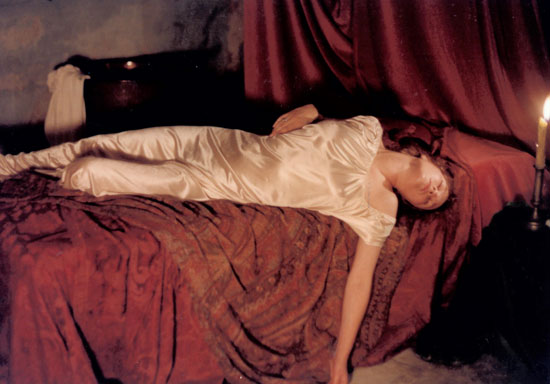This appeared in the February 12, 1999 issue of the Chicago Reader. –J.R.

Rushmore
Rating *** A must see
Directed by Wes Anderson
Written by Anderson and Owen Wilson
With Jason Schwartzman, Bill Murray, Olivia Williams, Seymour Cassel, Brian Cox, Mason Gamble, Sara Tanaka, Stephen McCole, Connie Nielsen, and Luke Wilson.
Rushmore has a good deal of content and human qualities to spare, but what makes it such a charming and satisfying experience is its style. Its segments are introduced by parting curtains, each labeled with the name of the appropriate month, which serves as a chapter heading — a neat way of calling attention to the broad and attractively composed ‘Scope frames and of parceling out the story in bite-size seasonal units. Less obvious and functional but unmistakably style-driven is the fact that the curtains come in different colors, giving another kind of lift to the proceedings. All the scenes are short (at least until the film moves into its homestretch), and director Wes Anderson also films these scenes in long and medium shots; in general he indulges in long scenes and close-ups only after he’s earned them. Because this is a studio effort that knows what it’s doing — a rare breed these days — it makes you wonder how many close-ups and long scenes are squandered in other studio releases. Read more
From Film Comment (July-August, 2009). — J.R.

Kazan on Directing
Elia Kazan
Alfred A. Knopf, $30.00
This is a class act, given something like the Library of America treatment. The editor, Robert Cornfield, is similarly credited not on the title page but two pages later, and similarly provides a Chronology and Notes at the end (as well as an Introduction and Afterword). Extra boosts come from a canny Foreword (John Lahr) and fleeting Preface (Martin Scorsese). Virtually all the plays and films in Kazan’s oeuvre get entries, chronologically placed, apart from some of the less canonical items, accorded “Short Takes” at the end of each section.
But apart from some letters and notebook entries, this is a recycling operation — and that includes the final 40-page stretch, “The Pleasures of Directing”, the only portion not assembled by Cornfield (though no other editor gets mentioned). Even though this book was started by Kazan himself in the 1980s, it was always a paste-up job. On many occasions when the prose moves into high gear, a quick look at the Notes reveal that it comes from either Kazan’s autobiography (A Life) or An American Odyssey (a collection of his writing edited by Michel Ciment), both published in 1988. Read more
This review appeared in the December 1976 issue of Monthly Film Bulletin. For whatever it’s worth, my favorite among Rohmer’s features remains his most unjustly neglected Perceval le Gallois (1978), the feature he made immediately after this “tasteful” betrayal of von Kleist’s Die Marquise von O… –J.R.

Marquise von O…, Die
West Germany/France, 1976
Director: Eric Rohmer
Probably the most faithful of all the disciples of André Bazin, Eric Rohmer has shared his mentor’s philosophical fascination with “ambiguity” in his criticism and films alike. A position derived from Catholic existentialism which adheres to a “realist” aesthetic whose prime model is the naturalistic novel as exemplified by Dos Passos, Hemingway and Hammett, this orientation is clearly at the root of his version of Kleist’s masterpiece, which subtly betrays the awesome energies of the original while maintaining an overall fidelity to its plot and characters that is rare in contemporary cinema. Widely and justifiably praised for its immaculate direction, acting, and visual sophistication, it can none the less be regarded as a Jamesian re-write of the novellas that dims the passion of the latter with a form of delicate detachment quite in keeping with the tenor of Rohmer’s Contes Moraux. A minor omission like the very Kleistian blood “gushing” from the mouth of a would-be rapist whom the Count “smashes” in the face with the hilt of his sword — a detail which the film tastefully keeps off-screen -– reveals this strategy on a rather trivial level; and the splitting in half of the Count’s childhood anecdote about the swan of which he is reminded by the Marquise -– so that its conclusion now comes at the end of the plot -– can easily be defended as a sensible dramatic expedient. Read more



